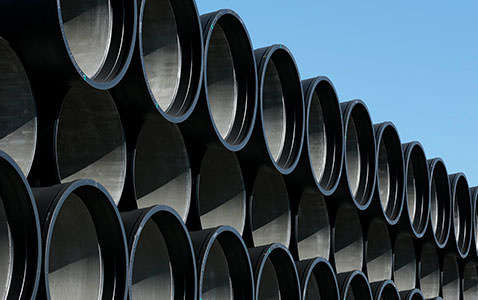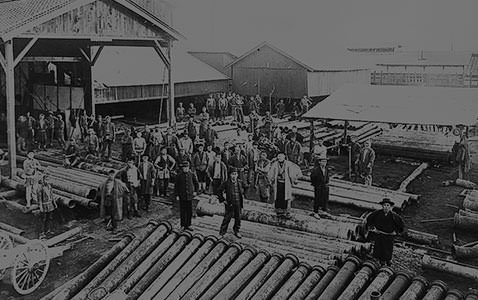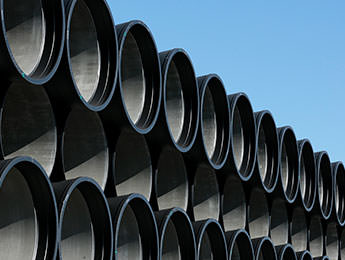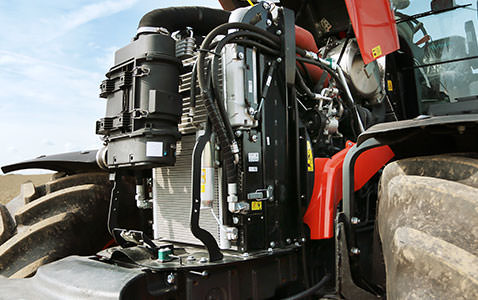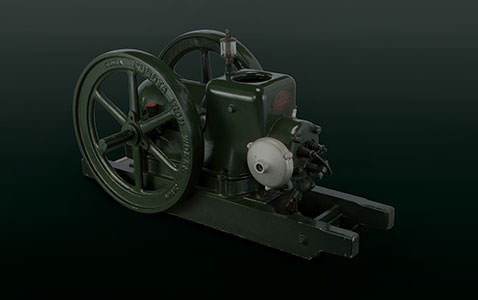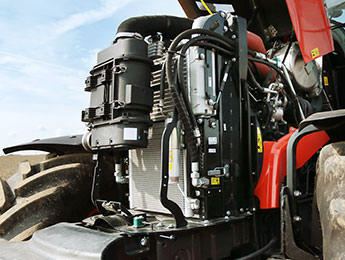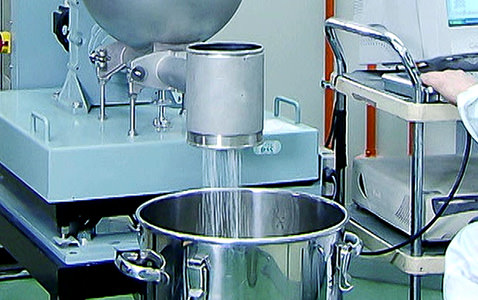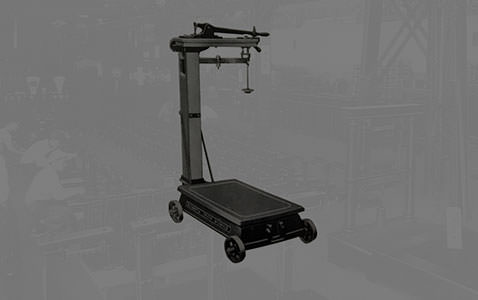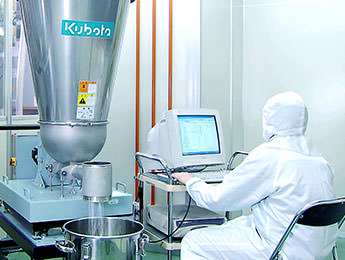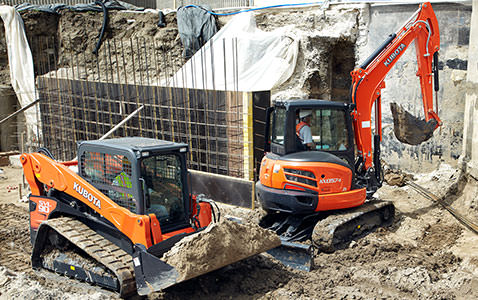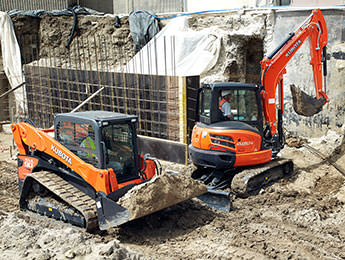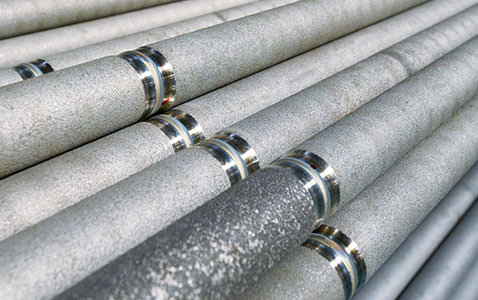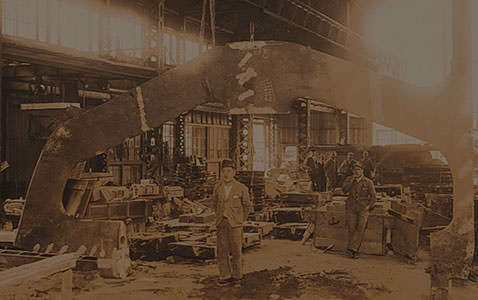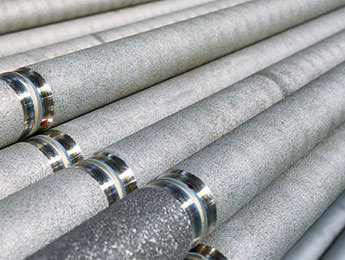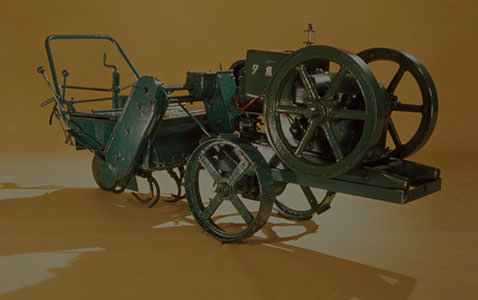Introducing the Technology Developed in the “Land of Water” Japan. Kubota’s Water Treatment Technology Addresses the World’s Water Problems
Water Treatment System
Since its first attempt to domestically manufacture water pipes after World War II, Kubota has contributed to the development of the waterworks system. The water issues the world faces today are the spread of severe shortages in various regions and pollution. With the technique and know-how it has developed, Kubota has delivered safe and good-tasting water and has been actively engaged in the treatment and recycling of sewage and industrial wastewater. Kubota’s water treatment technology delivers outstanding performance around the world, introducing the technology developed in Japan.
Scroll Down
For the Future of Food and Humanity
Agricultural Machinery
Leading World’s Water Infrastructure
Pipe System
1950-1960s
The Deterioration of the Living Environment Due to Rapid Economic Growth
After recovering from the war, Japan entered a period of rapid economic growth. The economic as well as industrial structures changed, and the heavy and chemical industries especially thrived. Along with this, water and waste management became a pressing issue in order to maintain a healthy living environment in urban areas, where population concentrated. Thus, the government began to strengthen its efforts in managing the environmental infrastructure.
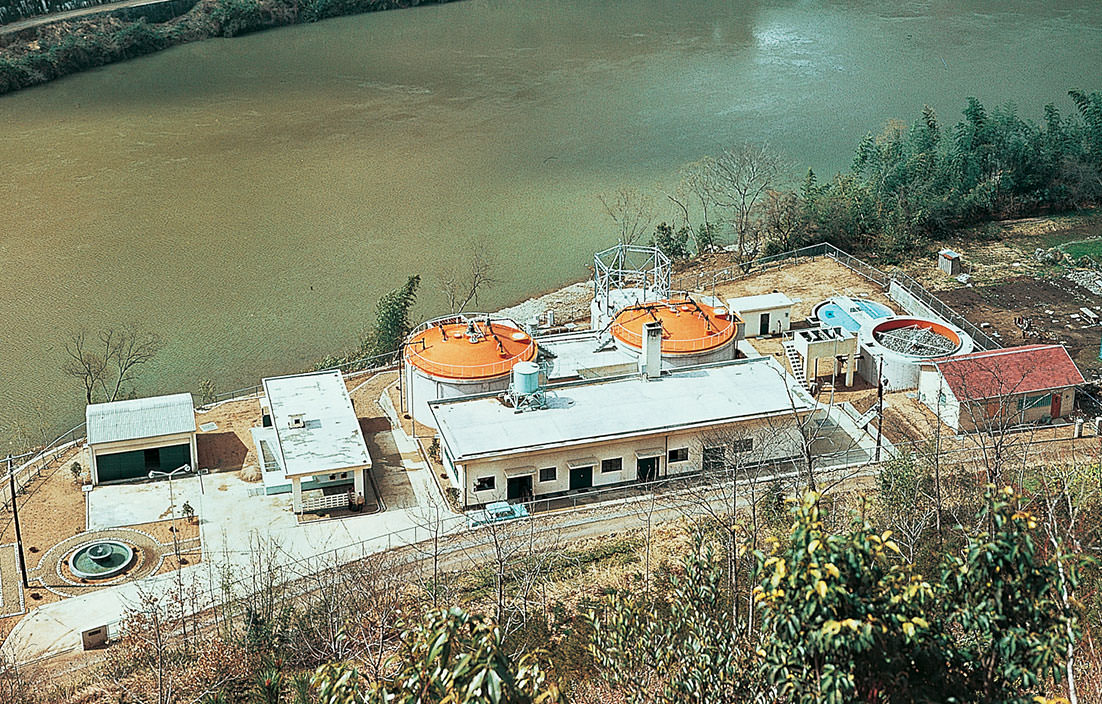
Sewage Treatment Plant, Industrial Wastewater Treatment Plant, Refuse Incinerator
Giving Back to the Water Industry. Kubota’s Water Treatment Business Begins
Kubota, which promoted the domestic production of water pipes at the time of its founding, advanced water treatment research and its business application to solve water issues and give back to the waterworks industry that had long supported the company.
1960-1970s
The Repercussions of Rapid Growth and Measures Against Pollution
Concerns for environmental impact due to rapid economic growth developed into serious pollution issues. In 1967, the government issued the Basic Act for Environmental Pollution Control and, in 1970, radically laid out pollution-related ordinances at the National Diet’s 64th session, which was called the ‘pollution session.’ The industry, in turn, began to respond to strengthening regulations.
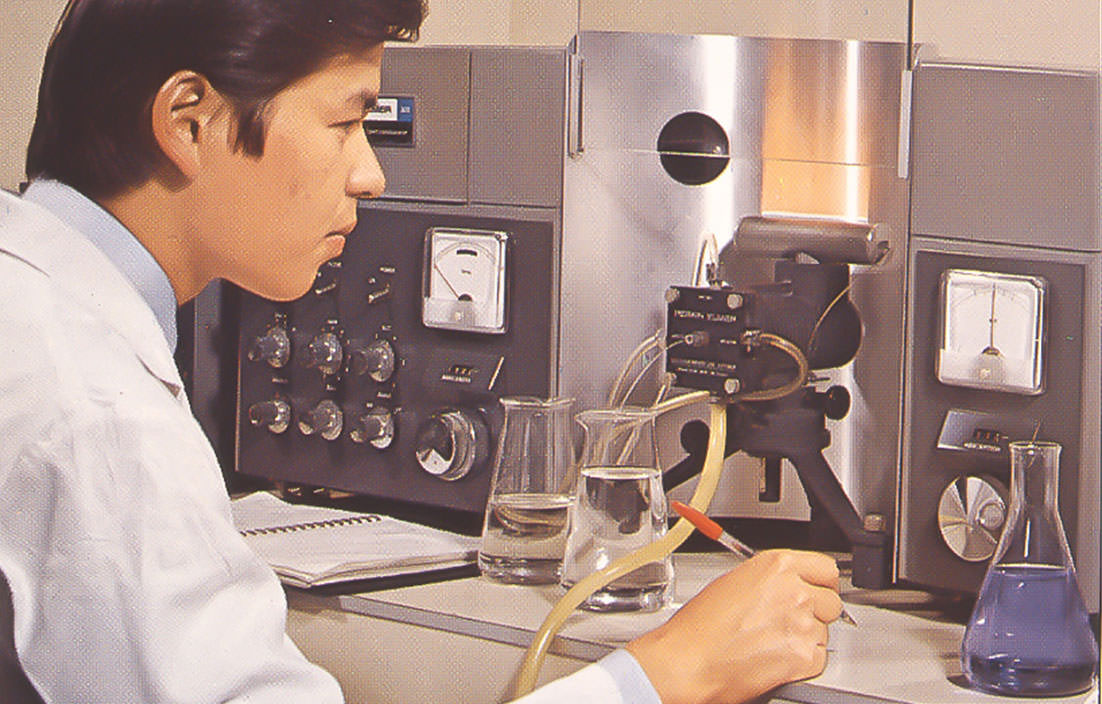
Sludge Collector, Septic Tank
Expansion of the Environmental Infrastructure-Related Business Brought About Kubota’s Original Technology
Aiming to expand its public environment and infrastructure-related business, Kubota acquired new technologies as it developed its own water treatment equipment and machines, distinguishing itself in the water treatment industry as well.
1970-1980s
Aiming to Expand the Coverage of Sewage System
Although urbanization and infrastructure development expeditiously progressed under rapid economic growth, at the end of the 1975 fiscal year, the sewage coverage in Japan was 23%, falling significantly behind US and European countries with over 70% of coverage. The government issued the 4th Five-year Sewer System Development Program, launching large-scale construction projects to improve coverage to 40%.
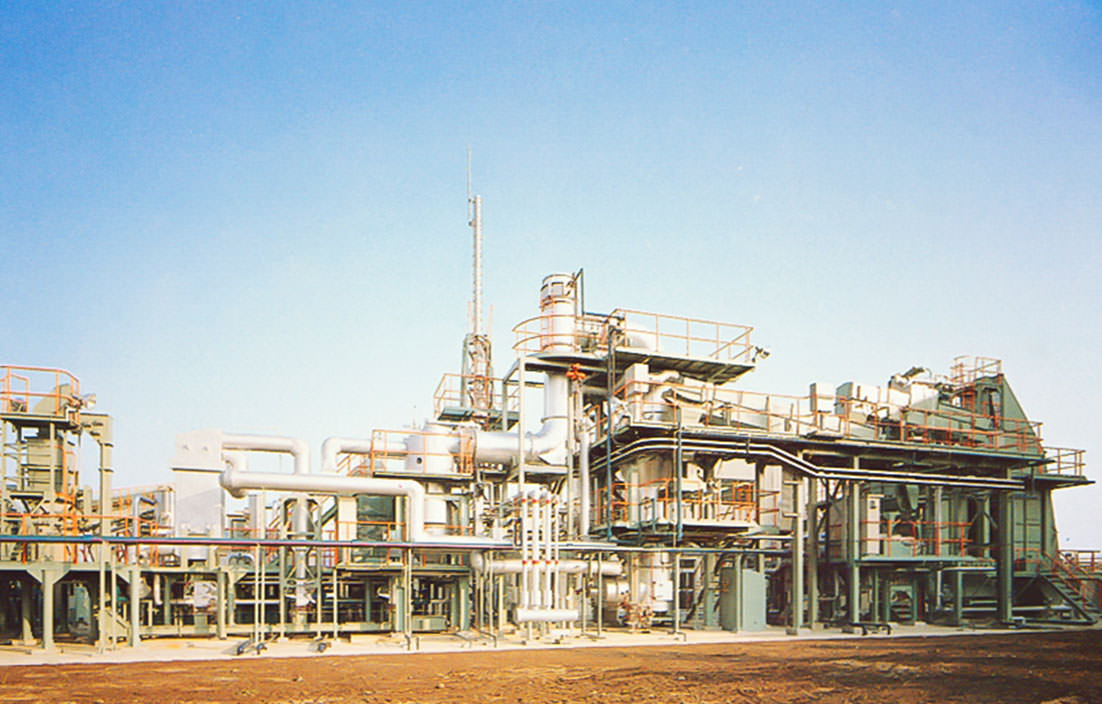
Sludge Treatment, Wastewater Treatment, Drainage Treatment, Purified Water Treatment
Kubota Entered the Field of Sewage Sludge Treatment to Enhance People’s Living Environment
Changing course and expanding its wastewater treatment business, Kubota focused on developing equipment and machines necessary in each process of treating wastewater with the goal of enhancing people’s living environment.
1990s-
Water Issues Taken to the Next Stage. The Changing Environment Surrounding Water
From the 1990s, global environmental issues such as climate change became apparent, and humanity set out to find solutions to these problems. In Japan, the coverage of water supply and wastewater treatment services increased year by year, and the construction of new facilities, as well as the expansion of existing ones, had settled, entering into a time focused on facility updates and operation management.
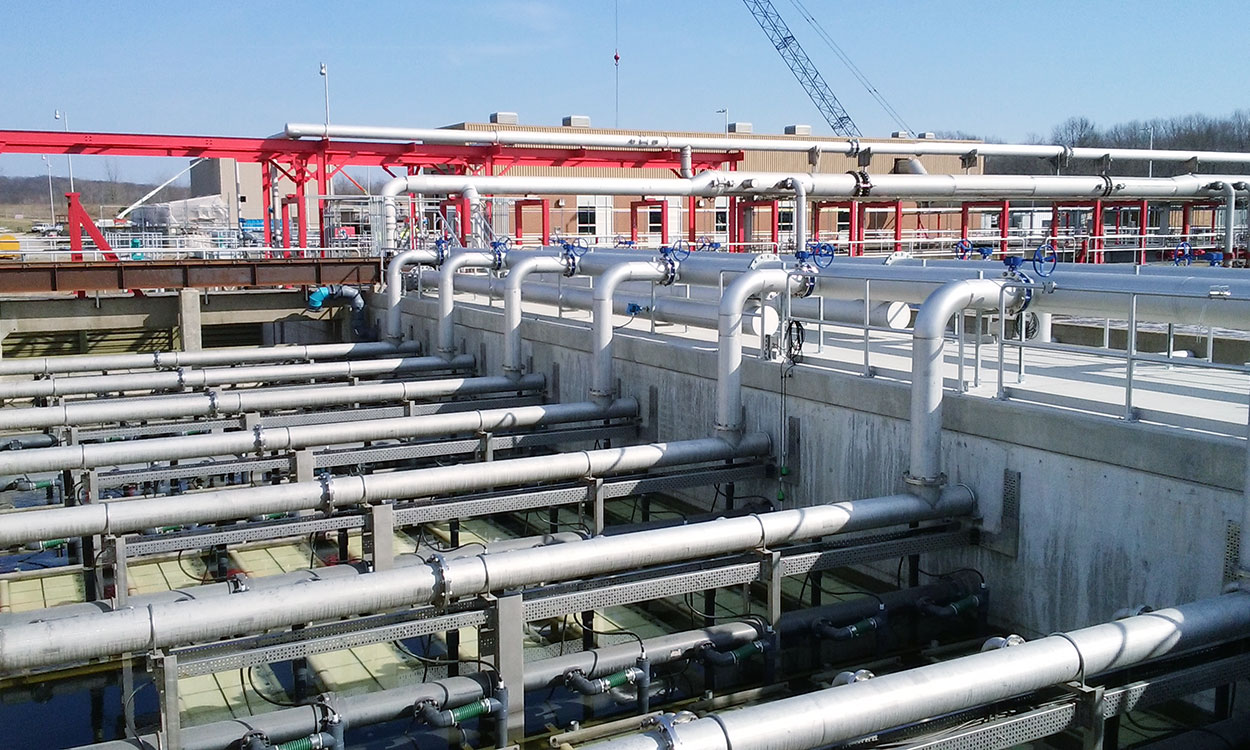
Kubota Submerged Membrane Unit®, MBR, Rotary Surface Melting Furnace, KSIS
Diverse Needs Required by the Changing Times Cultivated Kubota’s Water Treatment Technology
Kubota established itself as the world’s top class comprehensive waterworks equipment manufacturer, offering products ranging from water supply to wastewater treatment equipment. From domestic water issues to global climate change, Kubota strives to provide solutions through the technology it has developed, responding to the various needs of each one.
